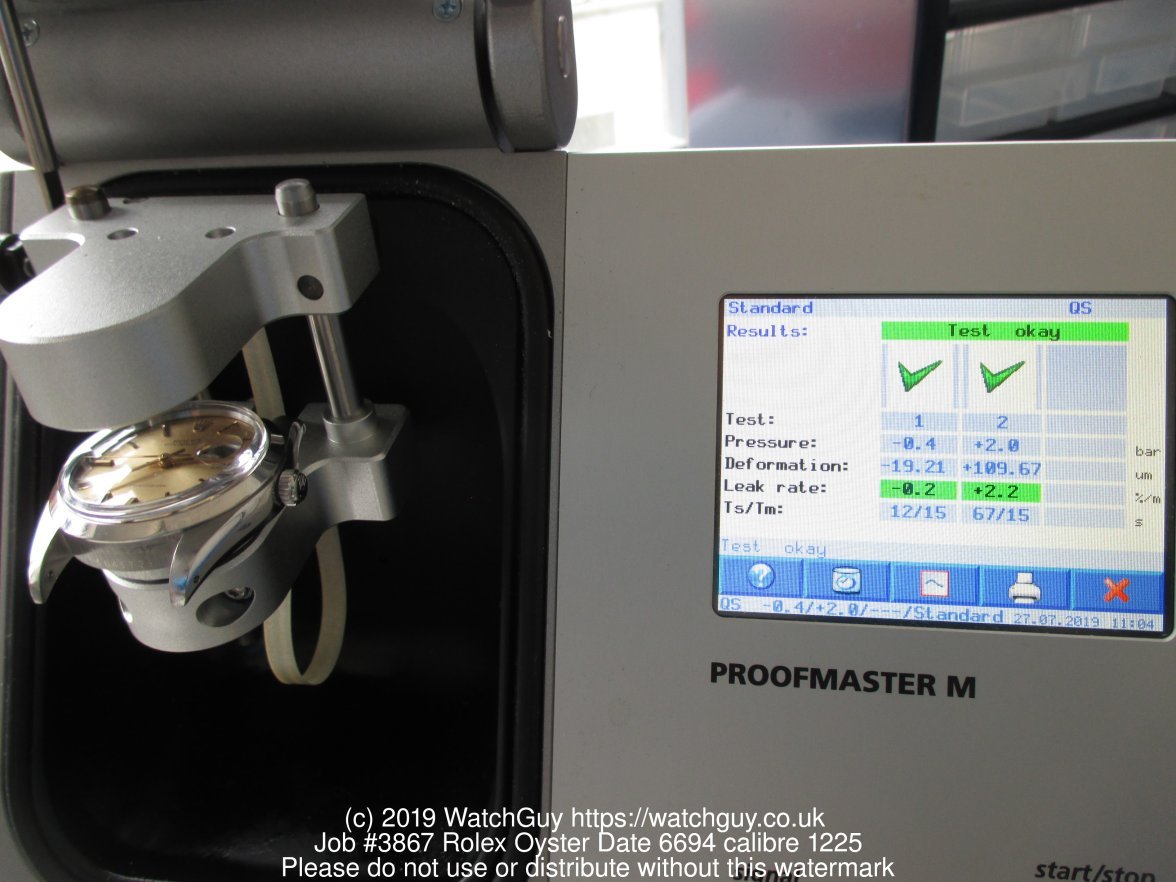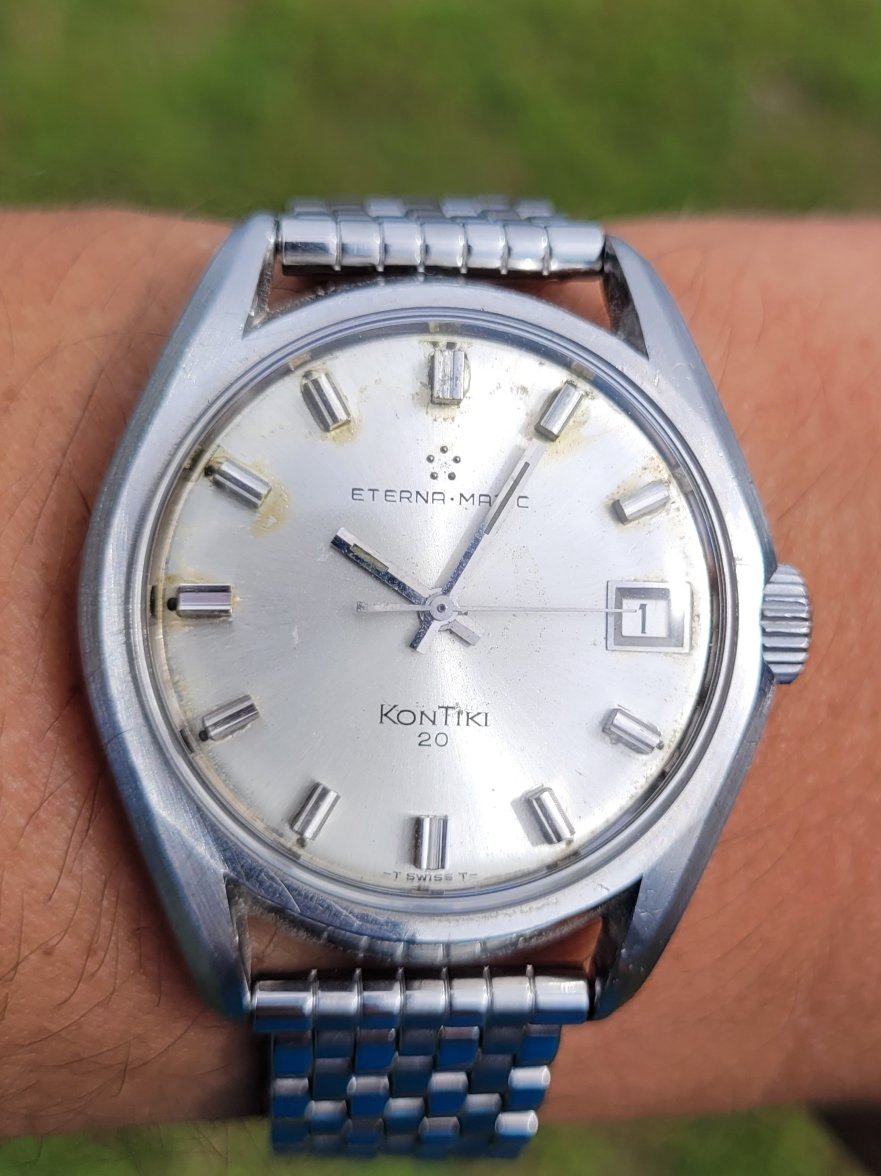mseamaster
·I just got a box from a vintage King Seiko(made a thread about it to get more info and to verify it). What shocked me was the manual - stating the watch is waterproof(even talking about using it in seawater). I know they changed it to water resistant after 1970 since it's not waterproof as in diving. But based on the manual it sounds like it should handle hands washing(no soap) and rain just fine.
Assuming you change the seals and test the water resistance why would it still be non-water resistant? I've got a lot of vintage Seikos so far and everyone said it, lots of times - "even though the seals, etc. have been changed, the watch is not water resistant".
Assuming you change the seals and test the water resistance why would it still be non-water resistant? I've got a lot of vintage Seikos so far and everyone said it, lots of times - "even though the seals, etc. have been changed, the watch is not water resistant".



